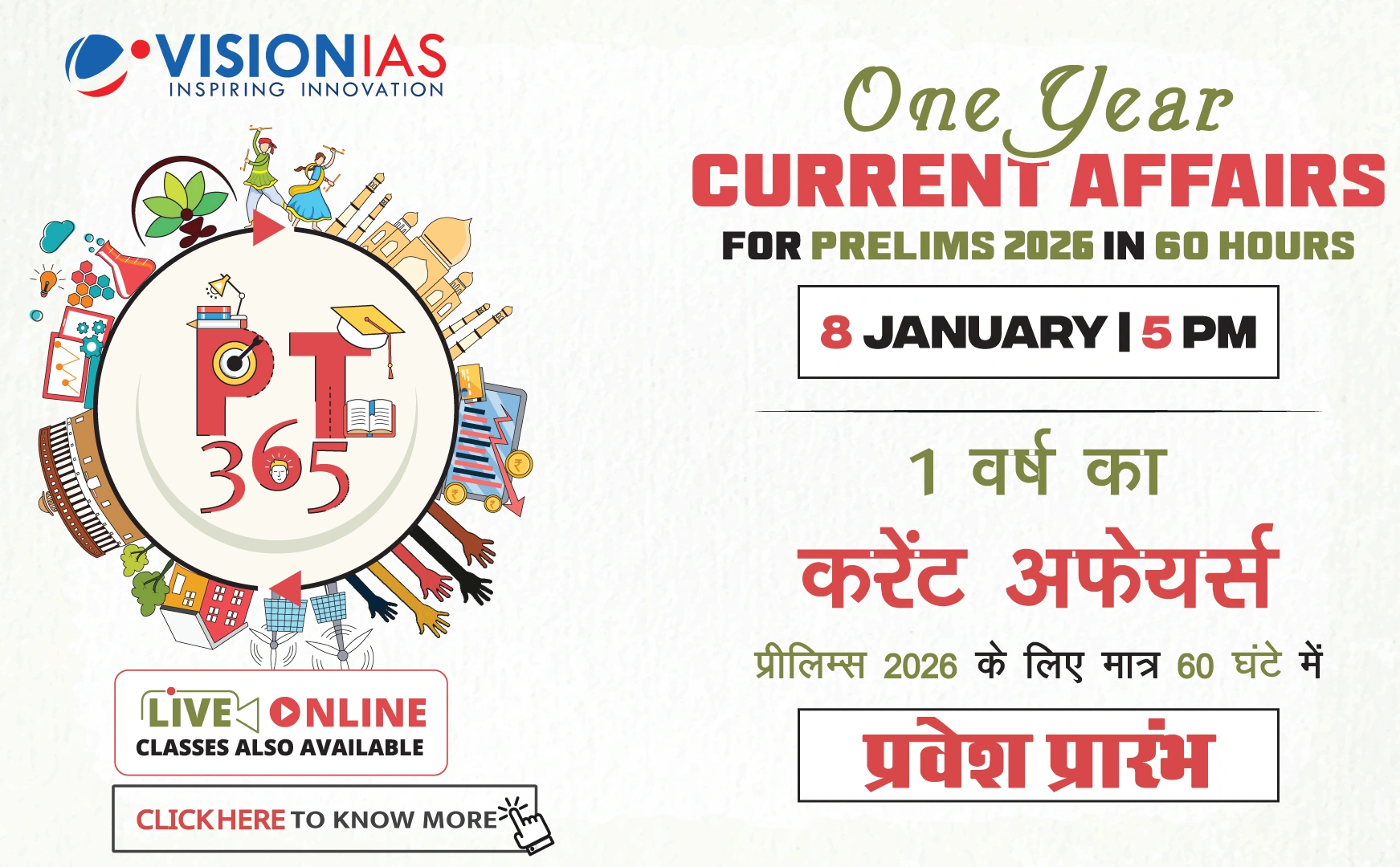Union Budget 2025-26 Overview
The Union Budget 2025-26, being the first post-2024 general elections, signals the government's priorities. It emphasizes continuity with key additions and features important program updates, initiatives for lagging districts, and a reduction in discrepancies between revised and budget estimates.
Resource Allocation
- Farming and Related Sectors: Received marginally higher allocations (3-6%).
- Consumer Affairs: Saw a 58% reduction due to decreased funding for the price stabilisation fund.
- Food Processing: Received a 33% increase, benefiting micro food processing.
Key Announcements
- Dhan-Dhanya Krishi Yojana: Targets 100 laggard districts to enhance agricultural productivity and infrastructure.
- Rural Prosperity and Resilience Programme: Aims to address under-employment in agriculture and reduce migration.
- Self-Sufficiency in Pulses: A six-year mission with ₹1,000 crore allocation focusing on tur, urad, and masoor.
Continued and New Initiatives
- High-Yielding Seeds Programme: Focuses on climate-resilient and high-yielding seed varieties.
- Vegetable and Fruit Production Programme: Allocated ₹500 crore for value chain development.
- Deep-Sea Fishing Programme: Continues last year's shrimp farming initiative.
- Cotton Productivity Mission and Makhana Board: Important developments for specific commodities.
Market Development and Challenges
The success of commodity-specific programmes hinges on effective marketing and farmers' ability to secure remunerative prices. The disparity in regulated market density (e.g., Punjab vs. Meghalaya) highlights the need for the GrAM scheme to improve access and prices for farmers.
Conclusion and Recommendations
- Develop an integrated vision for rural development with agriculture as the core at the district level.
- Establish an inter-state council akin to the GST Council for better coordination between the central and state governments.
- Prioritize the development of village-level agricultural markets.



